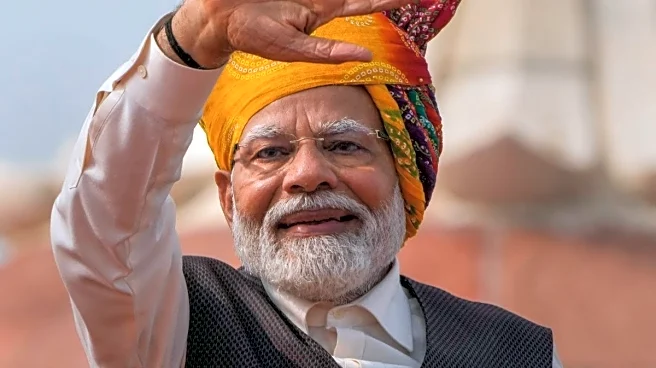The sector has logged a compound annual growth rate (CAGR) of 20% between FY22 and FY25, driven by rising capital outlays, self-reliance initiatives, and heightened military spending amid geopolitical uncertainties.
Government push and investments
Crisil said the growth momentum is backed by significant policy support, including Atmanirbhar Bharat, the Defence Acquisition Policy, and the Defence Production and Export Promotion Strategy, which have attracted sizable private investments. Over the past three fiscals, private defence firms have seen equity infusions of ₹3,600 crore on a net worth base of ₹4,760 crore at FY22-end, largely through IPOs and private equity.
Nearly half of these funds went into capex, R&D, and innovation, strengthening capabilities and enabling firms to secure larger orders. Profitability is expected to remain stable, with operating margins in the 18-19% range.
Rising private sector share
While public sector undertakings still dominate India's defence industry, the share of private players is rising steadily. Crisil analysed over 25 private defence firms, together accounting for nearly half of industry revenues.
Overall order books are projected to grow from ₹40,000 crore at FY24-end to ₹55,000 crore by FY26-end, driven by demand for electronic warfare systems, C4 (command, control, communications, computers, and intelligence) systems, and aerospace equipment.
Capacity expansion ahead
The sector is expected to incur ₹1,000 crore each on capex and incremental working capital in FY26, largely funded through internal accruals. Debt levels are unlikely to rise, said Sajesh K V, Associate Director, Crisil Ratings.
Strong order inflows and stable margins are expected to fuel capacity additions, sustain R&D spending, and reinforce the private sector’s growing role in India’s defence industry.



/images/ppid_59c68470-image-175859253139050897.webp)
/images/ppid_59c68470-image-175860254707342083.webp)

/images/ppid_a911dc6a-image-175860622452927247.webp)

/images/ppid_a911dc6a-image-175854903859013830.webp)
/images/ppid_a911dc6a-image-175846582675793244.webp)
/images/ppid_a911dc6a-image-175856466635760696.webp)
/images/ppid_59c68470-image-175855253186116685.webp)
